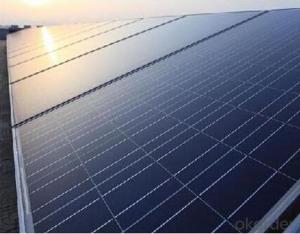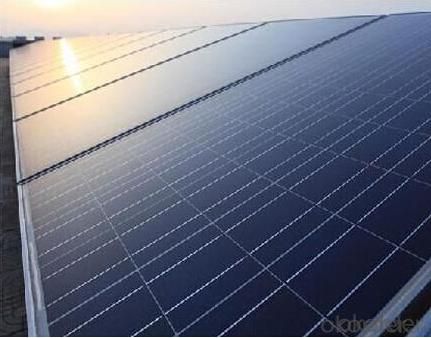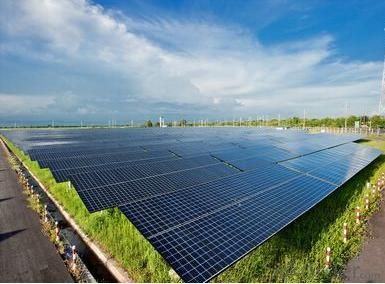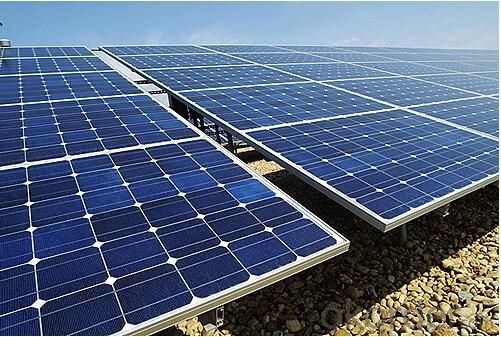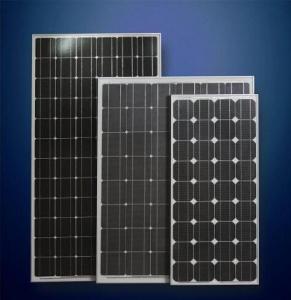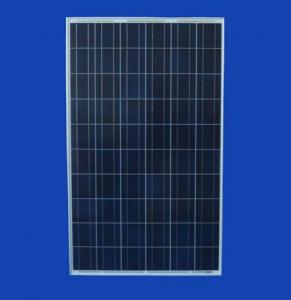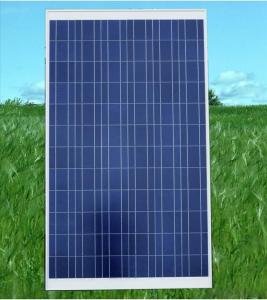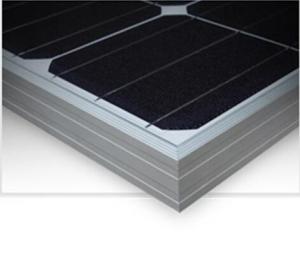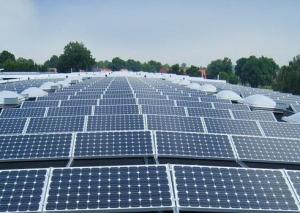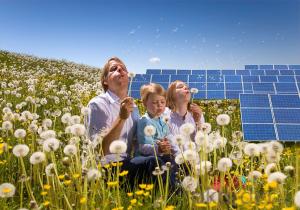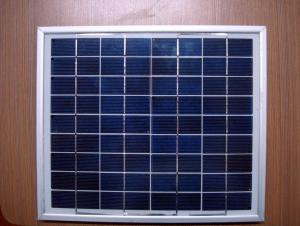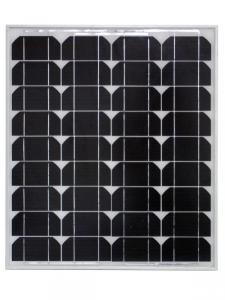36 Volt Polycrystalline Silicon Solar Modules 72cell-305w
- Loading Port:
- China Main Port
- Payment Terms:
- TT or LC
- Min Order Qty:
- 1000 watt
- Supply Capability:
- 10000000 watt/month
OKorder Service Pledge
OKorder Financial Service
You Might Also Like
1. Structure of Polycrystalline Silicon Solar Modules 72Cell-305W Description
Solar panels can be used as a component of a larger photovoltaic system to generate and supply electricity in commercial and residential applications.
-Tests by independent laboratories prove that modules:
Fully conform with certification and regulatory standards.
Withstand wind loads of up to 2.4kPa and snow loads of up to 5.4kPa, confirming mechanical stability.
Successfully endure ammonia and salt-mist exposure at the highest severity level, ensuring their performance in adverse conditions.
- High effi ciency, multicrystalline silicon solar cells with high transmission and textured glass deliver a module effi ciency of up to 16.0%, minimizing installation costs and maximizing the kWh output of your system per unit area.
- Tight positive power tolerance of 0W to +5W ensures you receive modules at or above nameplate power and contributes to minimizing module mismatch losses leading to improved system yield.
- Top ranking in the “TÜV Rheinland Energy Yield Test” and the “PHOTON Test” demonstrates high performance and annual energy production.
2. Main Features of the Polycrystalline Silicon Solar Modules 72Cell-305W
* WARRANTIES
- 10-year limited product warranty1.
- Limited power warranty1: 1 year at 98% of the minimal rated power
output, 10 years at 92% of the minimal rated power output, 25 years
at 82% of the minimal rated power output.
1In compliance with our Warranty Terms and Conditions.
*QUALIFICATIONS & CERTIFICATES
IEC 61215, IEC 61730, MCS, CE, ISO 9001:2008, ISO 14001:2004, BS OHSAS 18001:2007, PV Cycle, SA 8000
3. Polycrystalline Silicon Solar Modules 72Cell-305W Images
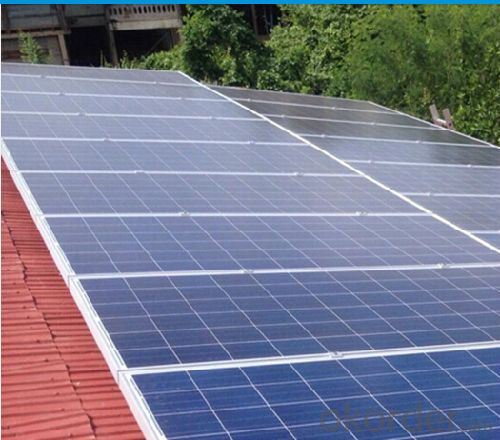
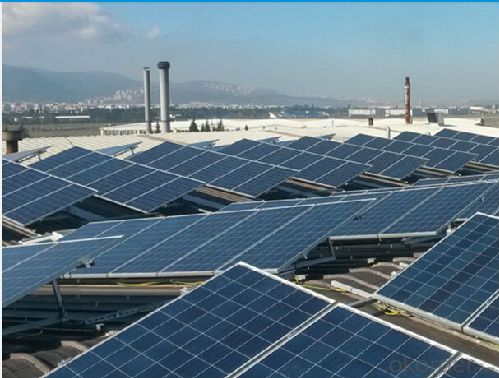
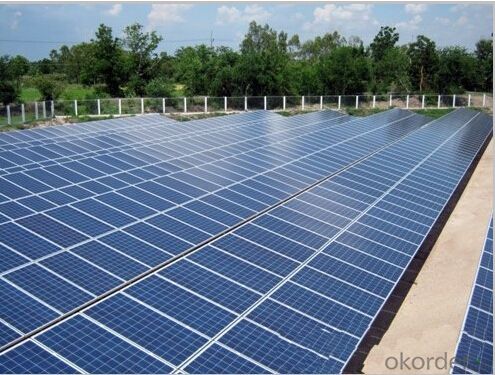
4. Polycrystalline Silicon Solar Modules 72Cell-305W Specification
Electrical parameters at Standard Test Conditions (STC)窗体底端 | |||
Power output | P max | W | 305 |
Power output tolerances | ΔP max | W | 0 / + 5 |
Module effi ciency | η m | % | 15.7 |
Voltage at Pmax | V mpp | V | 36.1 |
Current at Pmax | I mpp | A | 8.45 |
Open-circuit voltage | V oc | V | 45.4 |
Short-circuit current | I sc | A | 8.93 窗体底端 |
5. FAQ of Polycrystalline Silicon Solar Modules 72Cell-305W
(1) Can you offer the test report of the module?
Sure. All the solar modules must pass necessary tests including EL test and ultra-red test and other visual test of the apperance, and the test report presents all the detailed data of the modules.
(2) How to confirm about the quantity and the type of solar module?
It depends on the solar system where you want to put into use the solar modules. We have experienced engineers to design for your order and you need to give more information to fix the details.
(3) How long will you deliver the solar modules?
We need to purchase the materials according to the list confirmed by you and put into production, and we will do our best to get your satisfaction.
- Q: How do solar panels interact with the electrical grid?
- Solar panels interact with the electrical grid through a process called net metering. When solar panels produce more electricity than is being used, the excess power is sent back to the grid, and the owner is credited for the energy produced. Conversely, when solar panels don't generate enough electricity, energy is pulled from the grid to meet the demand. This bidirectional flow enables solar panel owners to offset their energy usage and contribute to the overall energy supply.
- Q: Can solar panels be used to power a data center?
- Yes, solar panels can be used to power a data center. Solar panels convert sunlight into electricity, which can be used to power various devices and infrastructure, including data centers. By installing a sufficient number of solar panels and using energy storage systems, a data center can be powered entirely or partially by solar energy. This can help reduce reliance on traditional power sources, lower energy costs, and promote environmental sustainability. However, the feasibility and efficiency of using solar panels for powering a data center may depend on factors such as the location, size of the data center, and the availability of sunlight.
- Q: Can solar panels be used in areas with high levels of dust storms?
- Yes, solar panels can be used in areas with high levels of dust storms. However, it is important to regularly clean and maintain the panels to ensure optimal performance. Dust storms may cause a temporary decrease in energy production, but it can be mitigated by implementing proper maintenance practices such as cleaning the panels and installing protective measures like dust shields.
- Q: I contend:As far as the solar panels causing global warming I'll try to explain. If you put a black panel on the ground or on your house and don't connect it to anything, it will absorb solar energy (heat) during daylight and release it at night (radiation). The net heat gain is zero. If you hook up a solar panel in the same place but hook it up to batteries, charge the batteries during sunlight hours and using that energy to electrically heat the home at night. The panels will absorb solar energy during the day but will convert that to electrical energy in the batteries instead of radiating it back into space at night. The result is a net gain in earth's temperature.Right or wrong?
- Solar energy is very inefficient, and so most of the sunlight that is absorbed by the solar cells is re-radiated back as heat. But that leads to a bigger point. Global warming is the ability, or inability of the Earth to radiate heat/light out past the atmosphere into space. Once the light reaches the surface and is absorbed, it doesn't matter whether it was by a black panel or a solar panel. Energy is energy. A black panel does not radiate energy into space, it emits it into the atmosphere. The use of electrical energy also generates heat which is transferred to the atmosphere sooner or later. The advertised culprit of global warming is atmospheric greenhouse gases like carbon dioxide, that reflect infrared wavelength energy from the surface back down to the surface. The heat generated by sunlight on a black panel, or from the use of electrical energy, is reflected back by the greenhouse gases instead of radiating out into space, no matter what the source. So no, solar panels do not contribute to global warning simply because of their transfer of light into electricity instead of infrared/heat. The source of the heat (black panel or electrical use) is not the (whole) problem. It is the greenhouse gases that trap the heat that is the problem, according to the global warming theory. I hope this helps.
- Q: I've been figuring ways to keep water thawed out this winter, and this bucket seems to be the easiest thing. What kind of set up (solar panel) would I need to feed this 260 watt heated bucket?
- Unfortunately solar panels are low output,generally only 2 volt and very low amperage,so you would need to build a multi panel array with a DC-AC converter all together costing several hundred dollars which would only work during sunlight.Just roughly figuring,about $800. Plan2-Solar charger,battery bank,and DC-AC inverter so it would work 24hrs a day,also several hundred $$. Solar power does just not seem feasible(to me)in this application.By far the cheapest set up here would be an extension cord fromhouse to the bucket.260 watts per hr is a fairly lightweight draw,even not figuring the thermostat's cycling it on and off as needed.Electricity is sold in kilowatt hours(000W/hr).This bucket would use(not allowing for thermostats control lowering it)appx 6000watts or 6KW per day.Depending on your electrical cost per Kwh it would cost very little to run.(In my location appx 50cents a day) or appx the same amount as my computer(325watts total)) Note that that would be a maximum rate,and would actually be less due to thermostat cycling off and on as needed.
- Q: What specification of solar panel would I need to power a laptop every day? I would need to use it for about 0 hours or so every day. I don't know anything about solar panels, but I am seriously thinking of getting one now and don't know who to ask.
- You will need, A battery to store the electricity from the solar panel. The amount of electricity from the panel varies up and down as things such as clouds, position of the sun, etc. reduce the amount of solar rays hitting the panel. The battery stores it all, the ups and downs, and sends it back out at a steady voltage so you can operate your p.c. / appliance. A minimum of 45 watts solar panel. 60 watts would be preferable. 45 watts will charge a battery in one day under ideal conditions. You turn the panel as the sun moves across the sky, no clouds. 60 watts will charge a battery in one day with out moving and regardless of clouds. A controler to prevent the electricity from flowing backwards from the battery to the solar panel when the sun goes behind a cloud or sets at night and the charge drops below the voltage of the battery. A good controller will tell you the charge condition of your battery so you know when it is too low to operate your p.c. safely. And finally an inverter with True Sine Wave capability to change the electricity from the battery into usuable power for your PC and other electronics. Not all inverters produce true sine wave electricity. The electricity has static in it and will make your pc screen jump around and not function as it should. New digital T.V.'s also require true sine wave electricity to operate. Go the extra cost and get the inverter with true sine wave and be happy with the way your p.c. functions. Figure out how many Watts your p.c. or appliance will draw. and match the Inverter to the need. Do not go too big, as they cost more and consume more of your stored electricity to operate. Save as much electricity as you can. You will be able to operate your p.c. appliance longer. When not using your p.c., you can operate your T.V. or other low watt appliance.
- Q: first of all, to be honest i have totally no idea on how a solar panel works.my task is to design something like a solar powered street lamp which store sun energy during day time and convert it into electrical energy then light energy so that the lamp can work during night time.any ideas on how to design the solar panel? which can store enough or more enegry in case there is no sunlight another day. and low cost as well :D
- solar panels are designed to charge 2v batteries, now depending on the power you need you can determine what kind to use there are many power ratings for the modules, for example if you want to charge two 2v batteries you can connect them in parallel, if you want to reduce the charging time you can use more than one module in parallel to increase the power.
- Q: I would like a list of the solar companies expanding or doing hiring or a good list in general. I know some are expanding. Best answer gets all the points
- you won't be in a position to purchase at that point except you're related to governement. a lot of manufacturing is already spoken for for years yet to come again. the place you reside determines what you may legally purchase and installation. the ecu has this is own certification, the U. S. has 2 gadgets, the Canadians have their own. Your answer additionally demands understanding the use for the photograph voltaic panels, despite if it extremely is grid-tie, off-grid or standalone to skill an equipment. and additionally you may desire to choose for mono crystalline, poly crystalline, or skinny-action picture.
- Q: Harbor Freight sells a 75 watt solar panel, a surge power inverter, and deep charge batteries. But no one there can tell me how to put it all together. I want the end output to be a simple power bar that I can plug my devices into. I live in an apartment so I can not wire it directly into the grid. Please only serious responses. Don't waste your time and mine.
- I don't have direct experience with the Harbor Freight panels, but have heard that they are agressively rated - i.e., the three 5-watt panels are really 5-watt panels. The 80-watt panel is likely to be a serious panel, rated according to standard test conditions. It will also be more durable, and probably have a warranty of 20 years or more. There's really no comparison. If your goal is to experiment with solar electricity, then get the kit from Harbor Freight (or Northern Tool, or any of a handful of other places). If your goal is to save money, generally you will need a larger scale than 80 watts - several thousand watts being the norm. And the payback time will be measured in years.
- Q: How much roof space is needed for solar panels?
- The amount of roof space needed for solar panels varies depending on various factors such as the size and efficiency of the panels, the energy requirements of the building, and the geographical location. However, on average, a typical residential solar panel system requires approximately 100 to 400 square feet of roof space.
Send your message to us
36 Volt Polycrystalline Silicon Solar Modules 72cell-305w
- Loading Port:
- China Main Port
- Payment Terms:
- TT or LC
- Min Order Qty:
- 1000 watt
- Supply Capability:
- 10000000 watt/month
OKorder Service Pledge
OKorder Financial Service
Similar products
Hot products
Hot Searches
